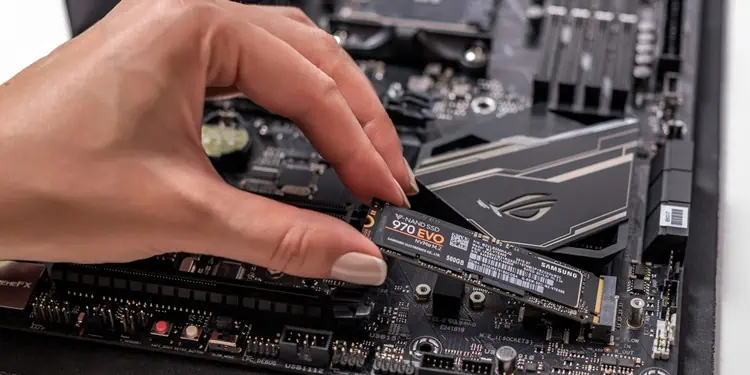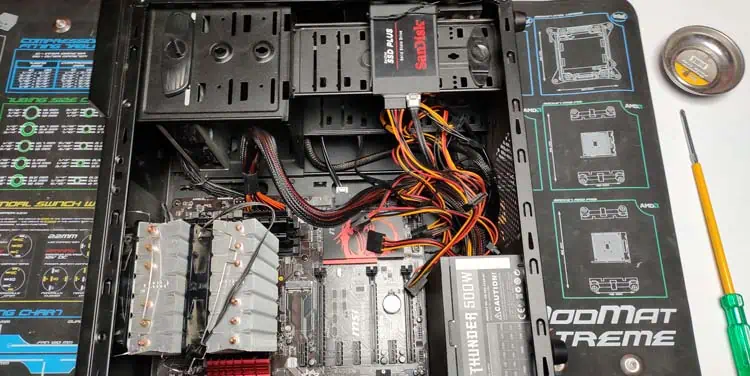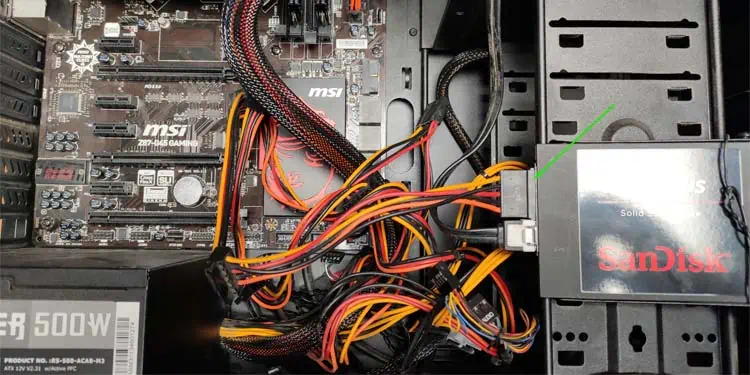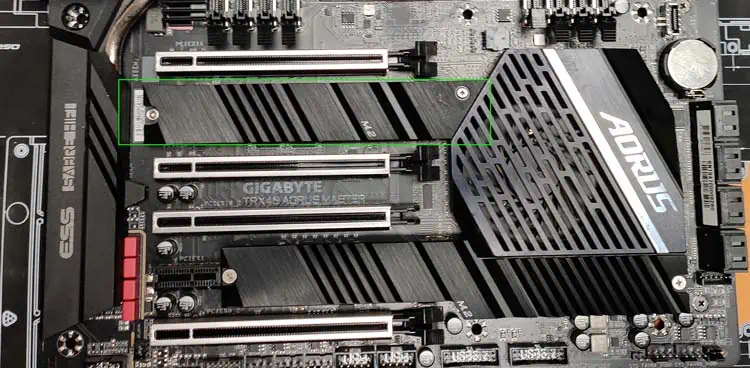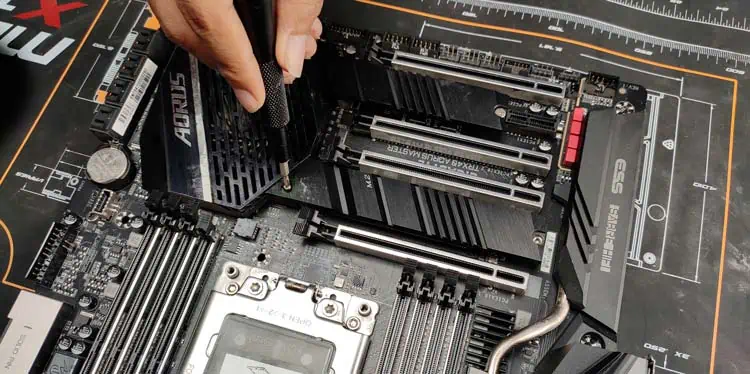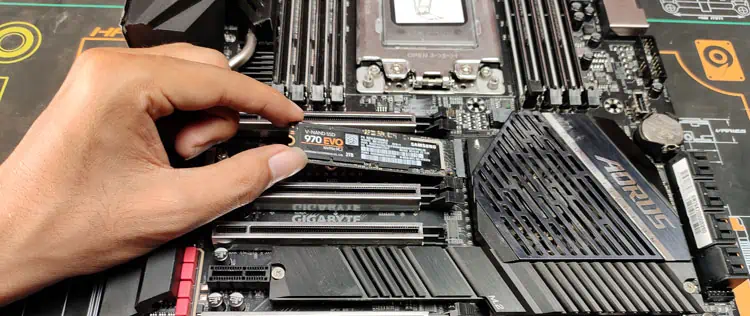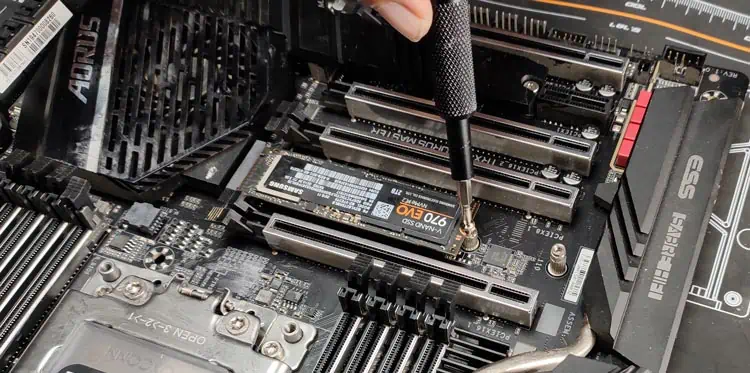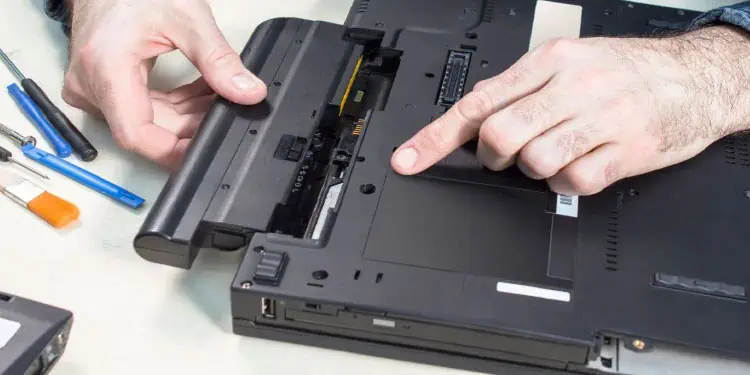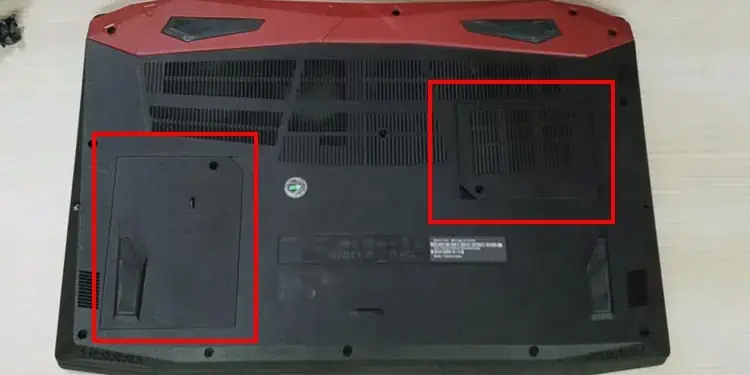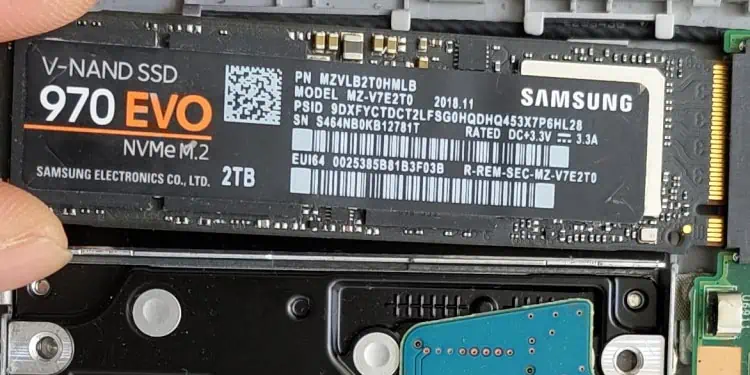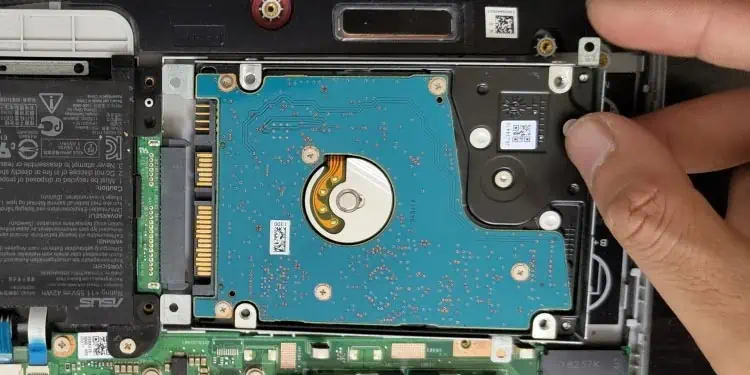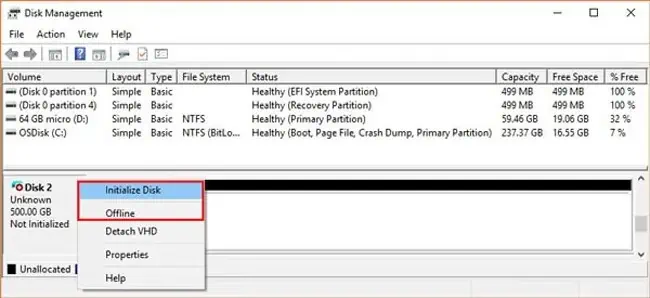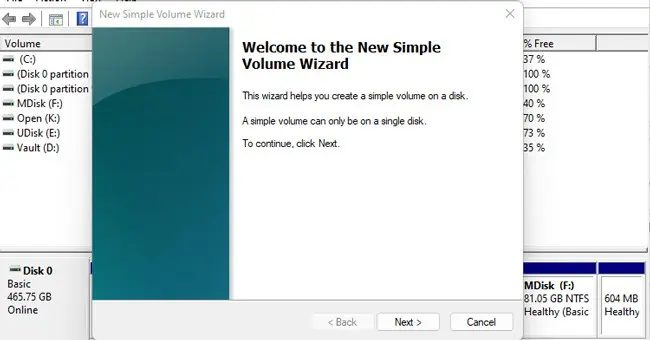An SSD as the boot drive and a larger HDD for file storage – this used to be the preferred storage setup for a lot of users. However, with how affordable SSDs have grown recently, dual SSDs seem to be the trend these days.
If you’re looking into adding a second SSD as well, we’d likely be right to guess that you found the current SSD landscape to be confusing.
SATA, NVME, M.2, PCIe, and a bunch of other technical jargon can make selecting and installing an SSD seem intimidating for the average user, but this is where we come in.
Types of Solid state drives (SSD)
If you’ve installed an SSD previously, or you’ve already purchased an SSD compatible with your system, feel free to skip ahead to the installation steps. However, for those still in the research stage, this section will be helpful.
There are two key factors to note for compatibility – interface standard and form factor. The interface specification defines how the SSD actually works (data transmission modes, communication methods, etc.), whereas the form factor simply refers to the physical shape and size of the SSD.
SSDs come in various combinations of interfaces and form factors, but many of them are very niche or proprietary. As such, we’ll only talk about the most relevant ones here for the sake of conciseness.
2.5” SATA SSD
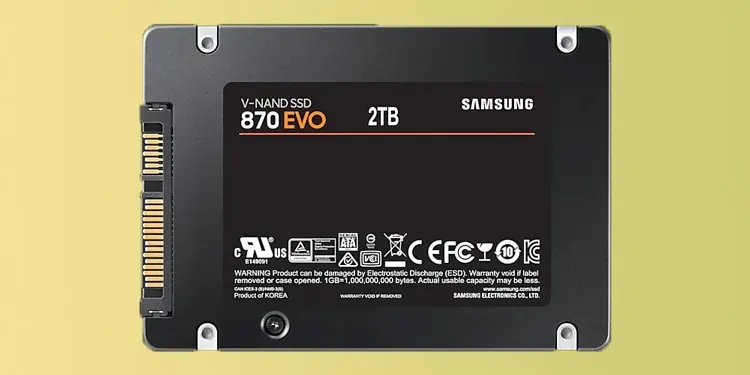
These are older SSDs designed with a form factor similar to HDDs. As these types of SSDs use the SATA interface, the data transfer rate isn’t that impressive (max 600 MB/s). However, these SSDs are still fairly popular due to their excellent compatibility with different systems.
M.2 SATA SSD
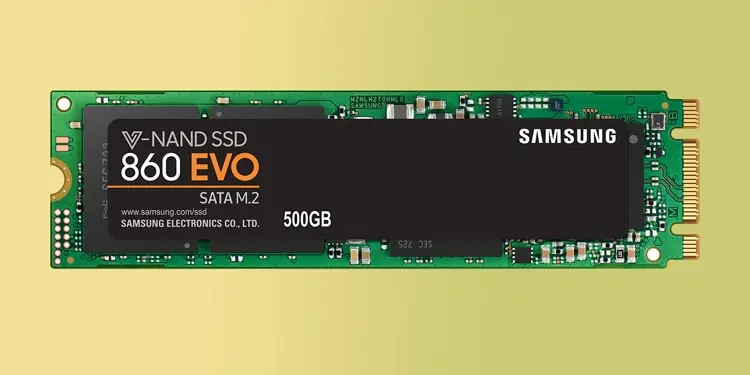
This type of SSD uses the SATA interface as well, meaning the data transfer rate is similar to the previously discussed SSDs. However, it distinguishes itself due to the M.2 form factor.
2 SSDs are 22mm wide, with varying lengths depending on the module, and they mount onto the M.2 slots on the motherboard. Additionally, M.2 SATA SSDs generally have two keying notches in the M and B positions as they use two PCI Express lanes (PCIe ×2).
M.2 NVME SSD
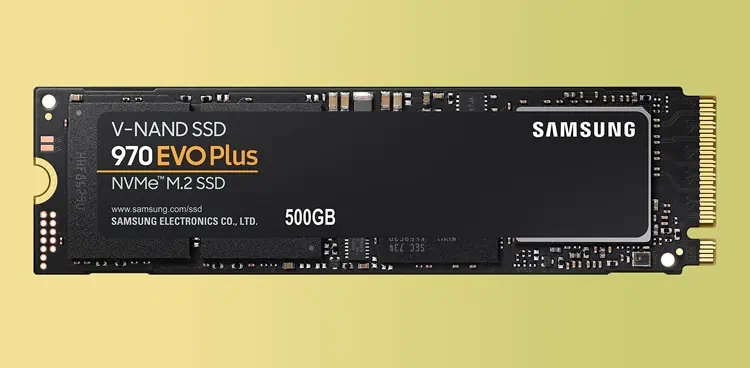
M.2 NVME SSDs use four PCI Express lanes (PCIe x4) and generally connect through the PCIe 3.0 (2,400 MB/s) or PCIe 4.0 (6,900 MB/s) interface. This type of SSD is very popular these days due to the mix of compact size and excellent performance.
As for identification, this type of SSD uses one keying notch in the M position. In terms of the module name, a codename like M.2 2260 indicates that the SSD is 22 mm in width and 60 mm in length.
Preliminary Steps
At this point, you should be able to identify your SSD type. You should refer to the motherboard or laptop manual to find out where the respective socket (SATA or M2) is located. Before you can connect the SSD to the socket, though, there are a few preliminary steps to follow:
- First, turn off the PC and unplug the power cords.
- Prepare a clean workspace and place the PC case on it.

- Going forward, it will be helpful to take snaps before you remove any cables, screws, or other components, as this will make it easy to recall what goes where later on. Place the screws someplace safe so they don’t get lost. Also, use an antistatic strap or periodically touch an unpainted metal surface to discharge any static buildup.
- Take the motherboard out of the case if you can. If that’s not possible, simply lay the case on its side and open the cover so that the mobo is at least accessible.
- Check the appropriate section below to continue with the rest of the steps.
How to Install a Second 2.5” SATA SSD?
You’ll need a SATA power cable and data cable to install a 2.5” SATA SSD. Depending on your PC case, you may also need additional mounting brackets or 2.5” to 3.5” bay adapters. Once you have the required components, follow the steps listed below to install the SSD:
- First, perform the preliminary steps from the previous section if you haven’t already.
- If you’re installing a new mounting bracket, align and screw it in. Then, insert the SSD into the tray.
- Connect one end of the power cable to the PSU and the other to the SSD.

- As for the data cable, you can check the SATA connector and look for an identical port on the motherboard. But a better option would be to check the motherboard manual instead, as you’ll also be able to identify the fastest ports to use.

- Once the SSD is secured, and the data and power cables are connected, place the motherboard back in the case. Plug everything back in, power on the PC, and check the final section to finish setting up the SSD on the software end.
How to Install a Second M.2 SSD?
Unlike the traditional 2.5” drives, M.2 SSDs mount directly onto the M.2 slots on the motherboard, meaning no data or power cables are required. Some M.2 modules have attached heatsinks, while you can (optionally) install them on others. With that said, here are the necessary steps to install an M.2 SSD:
- Perform the preliminary steps if you haven’t already.
- Locate the M.2 slots on the motherboard. They’ll be labeled M.2 and may be covered by the heat shield. Refer to the manual if you have difficulty locating them on your specific mobo.

- Unscrew and remove the heatsink, and safely store it elsewhere for a bit, along with the screws.

- Depending on the length of the module, adjust the position of the standoffs if necessary.
- Now, grab the M.2 SSD and insert the connector end into the slot at a 30-degree angle.

- Gently press down on the SSD and screw it in place. Don’t overtighten it; just enough to hold it securely in place.

- Grab the heatsink from earlier and remove the protective film from the thermal pad. Then, align the heatsink with the SSD and place it on top.
- Slightly press down on it without moving it sideways. Once it has a good hold, screw it in place.
- Now, place the motherboard back in the case and reconnect all the cables. Power on your PC and skip ahead to the final section to finish setting up the SSD on the software end.
How to Install a Second SSD on A Laptop?
For laptops, the main concern is usually whether your laptop can actually house a second SSD or not. Some manufacturers provide multiple M.2 slots, while others may not give any room for upgrades. While not as common these days, people also used to remove the CD-Drive and install a 2.5” SATA drive in its place.
Either way, the steps listed below will help you install the SSD on your laptop, provided it’s supported:
- First, turn off the laptop, unplug the power cord, and remove the battery. With some laptops, you may have to unscrew the battery cover to remove it.

- Afterward, hold the power button for around 10 seconds to drain any residual power.
- When removing the back cover, you may have to remove the entire case or just the storage drive segments, depending on the laptop. Unscrew the nuts (some of which may be hidden behind stickers) and store them safely. You may also need a flat screwdriver to unlock the side locks.

- After removing the cover, locate the M.2 or SATA slots.
- With an M.2 module, you just need to insert the edge connector into the slot at a 30-degree or so angle and screw it in afterward.

With a SATA SSD, you’ll need to connect the data and power connectors to the respective slots.
- Afterward, put the cover back in place, and reinsert the battery and all the screws.
- Power on your laptop and check the next section to finish setting up the SSD.
Software-End Installation
The hardware-end installation is complete, but you’ll also need to initialize your brand-new SSD before you can start using it. On the Mac models that allow upgrading the storage, you can do this by Erasing the disk through the Disk Utility. On Windows, you can initialize the drive through the Disk Management utility. Here are the necessary steps for this:
- Press Win + R, type
diskmgmt.msc, and press Enter. - Right-click the SSD (labeled uninitialized or similar) and select Online. Right-click it once again and select Initialize Disk. Make sure you select the correct drive to initialize at this stage, as initializing an older in-use drive will delete all of its current contents.

- Select the partition style (generally GPT these days) and press Ok.
- Now, right-click the unallocated space and select New Simple Volume.

- Specify the volume size, drive letter, and file system (generally NTFS for Windows) to finish setting up the SSD.
Finally, if you installed an old SSD that you plan to boot from, you’ll need to change the Boot Order as well. You can do this by pressing the BIOS key (Function keys or Del), setting the SSD as the boot drive, and saving the changes. And with that, you’re good to go.

